Intracellular Highways

The interstitium, a previously underestimated component of our anatomy, now claims its rightful place in the medical lexicon as a bona fide organ. This revelation has catalyzed a renewed interest in the enigmatic network of fluid-filled spaces that are fundamental to our well-being and our understanding of various diseases.
In a historic shift in anatomical perspective, the interstitium was recognized in 2018 as a distinct organ. With a crucial role in fluid and informational transfer, the acknowledgment of the interstitium as an organ has been a longtime assertion in alternative medicine. It's now gaining awareness in mainstream science, inspiring both excitement and scholarly discussion across the globe.
STRUCTURE & SCIENCE
Exploring the Interstitial Labyrinth
The interstitium isn’t just space, it is an informational highway. The intricate latticework of collagen and elastin fibers is not only supportive but actively involved in the dynamic exchange of information throughout the body. This lattice, infused with fluid, is omnipresent—beneath our skin, encapsulating our digestive, respiratory, and urinary systems, interwoven with muscles, and intimately associated with organs and blood vessels.
FLUID DYNAMICS
The Ebb and Flow of Vital Liquids
Interstitial fluid is the unsung hero, originating from the intricate dance between blood and lymphatic vessels. This fluid is the essence of life at the microscopic level—a conduit delivering vital nutrients and oxygen while also serving as the waste management system of our cells. This ceaseless flow ensures that each cell can thrive in its carefully maintained environment.
A ROLE TO PLAY
More Than a Spectator
Beyond its fundamental roles in structural integrity and fluid balance, the interstitium is a vigilant overseer of our immune system, responding to threats and injuries. Its expansive reach and fluid content place it at the forefront of extracellular activities, impacting cell communication and perhaps playing a role in the very mechanisms that preserve our health and fight disease.
CLINICAL CONNECTIONS
Implications Across Medicine
The recognition of the interstitium's complex role offers new insights into medical science:
-
Oncology: Illuminating the shadowy routes of cancer metastasis through interstitial spaces.
-
Dermatology: Shedding light on subdermal conditions such as edema and how fluid imbalance can affect skin health.
-
Lymphatics: Offering perspectives on lymphatic disorders, potentially revolutionizing treatments for diseases where lymphatic flow is compromised.
The Vast Potential Within
The discovery and recognition of the interstitium as an organ is not merely a change in terminology—it's a paradigm shift in how we understand the human body. With every microscopic crevice and fluid-filled passage, there lie possibilities that could transform our approach to health and disease.
Botanical Allies for Interstitial Well-Being
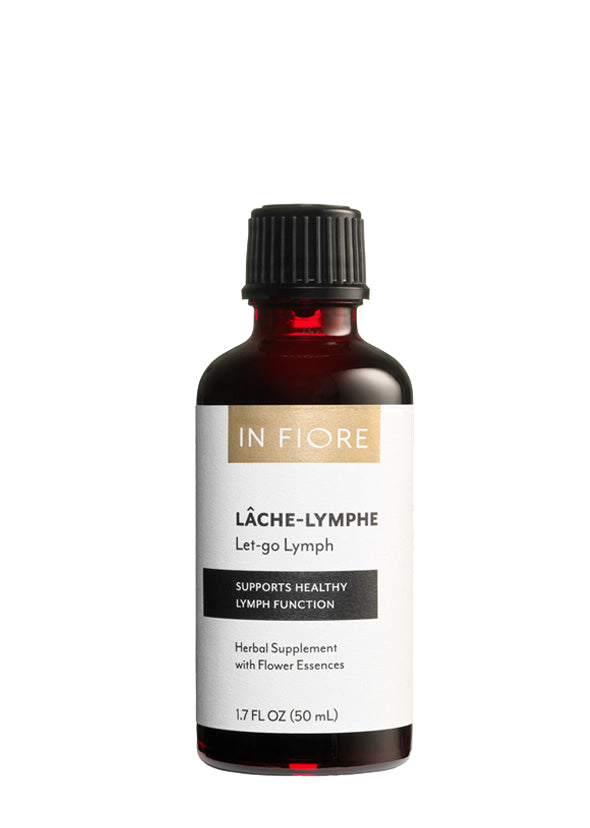
Lâche-Lymphe
Calendula's anti-inflammatory properties may soothe the interstitium, reducing tissue swelling and facilitating fluid balance.
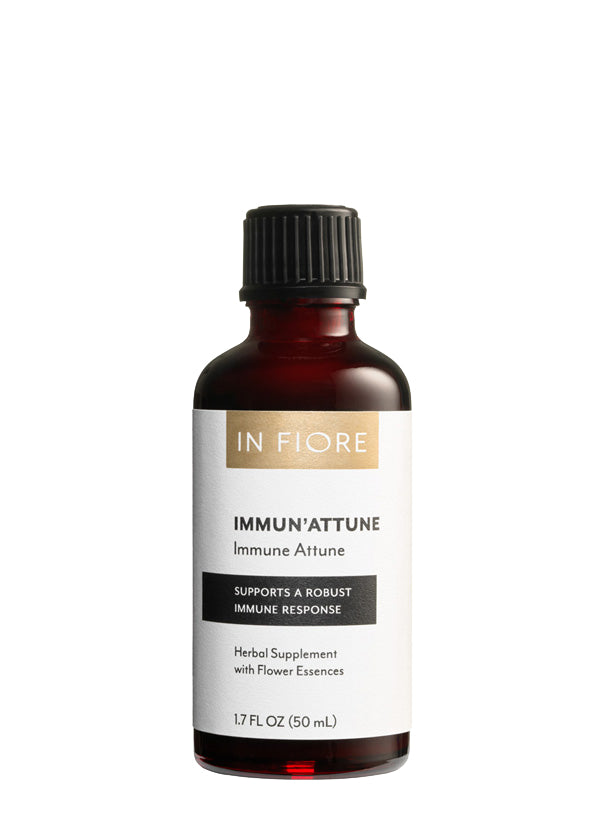
Immune-Attune
Known for its immune-boosting effects, Astragalus could support interstitial health by enhancing the fluid's defensive capabilities against pathogens.
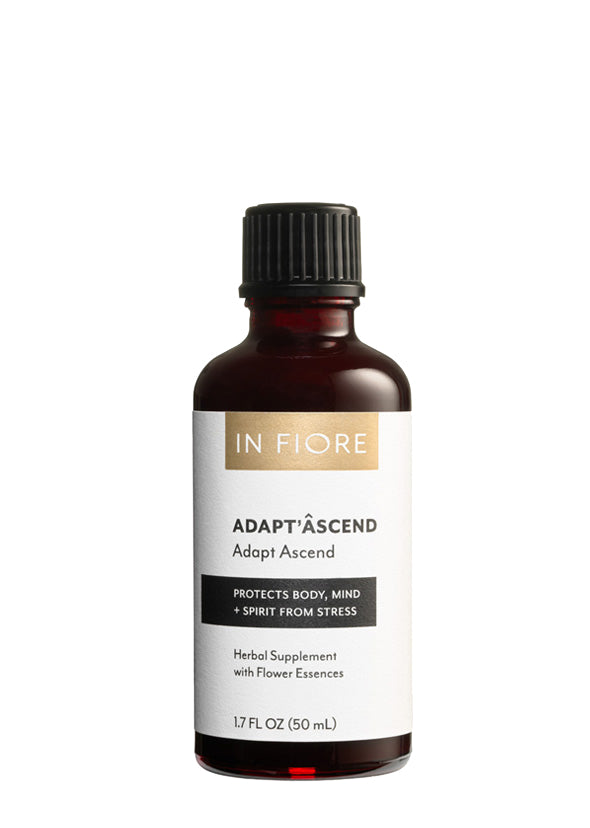
Adapt'Ascend
Ashwagandha's adaptogenic qualities may help regulate stress-induced imbalances within the interstitial fluid, promoting overall cellular resilience.
Essential Oils: Topical Tonics for Interstitial Health
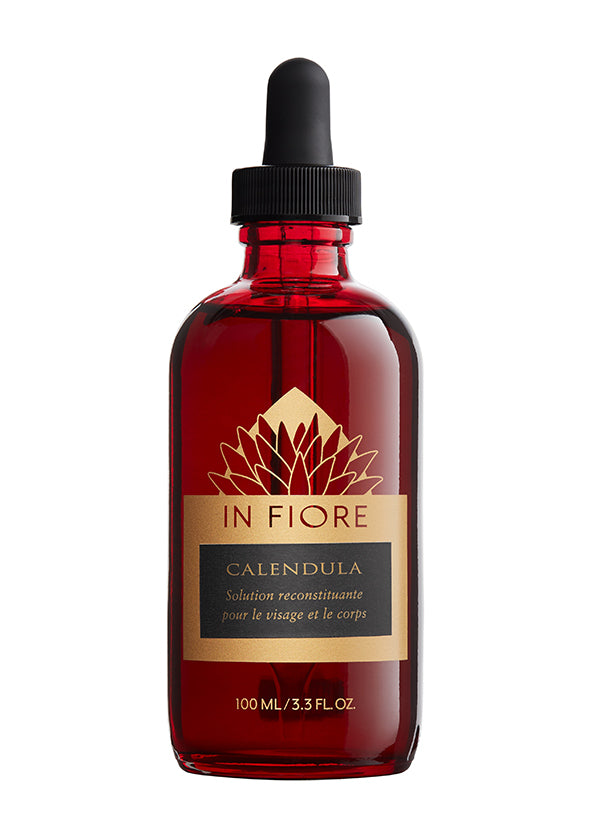
Calendula Solution
Calendula oil, applied topically, may aid in calming interstitial inflammation and facilitating the healing of tissue spaces.
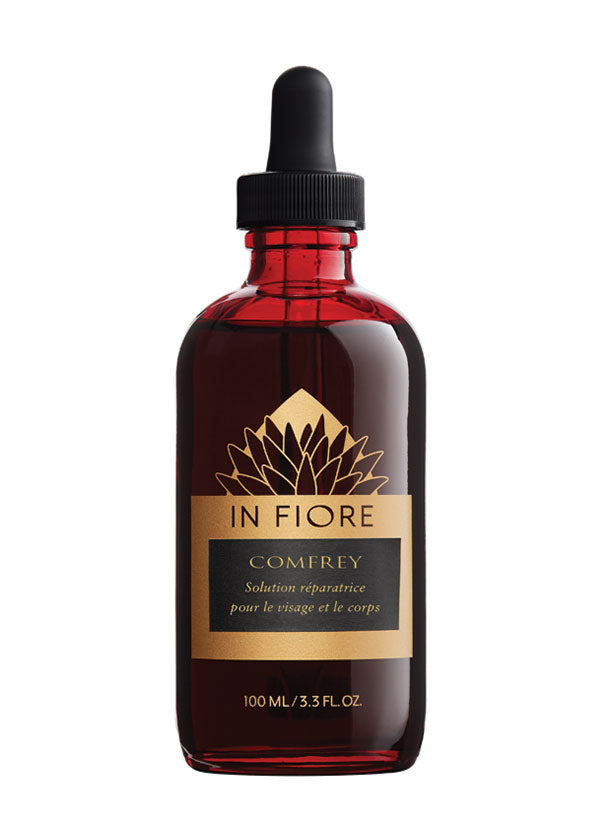
Comfrey Solution
Helichrysum's regenerative properties could contribute to the repair of the interstitial matrix, supporting the overall integrity of this fluid network.
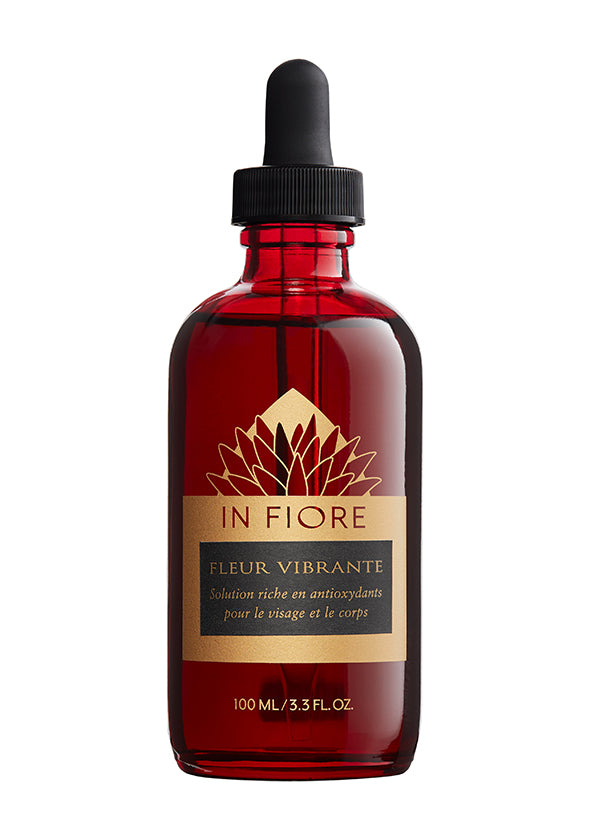
Fleur Vibrante Solution
Jasmine oil's potential to improve skin elasticity also benefits the interstitium by enhancing the flexibility and function of the surrounding connective tissue.
